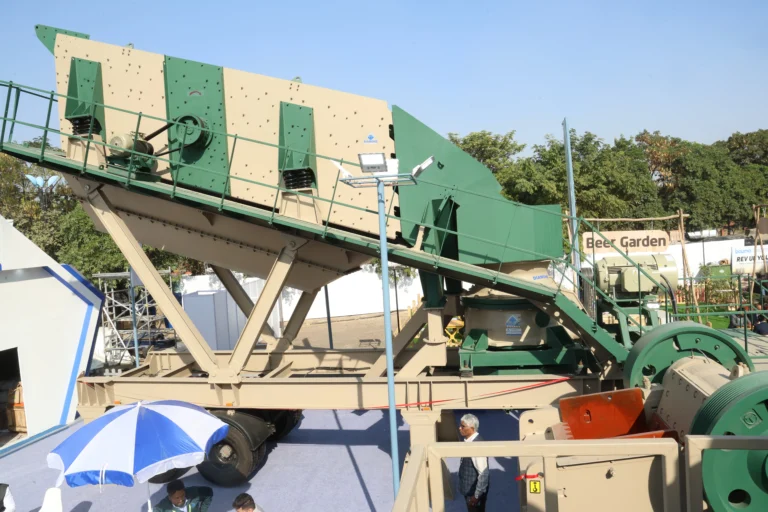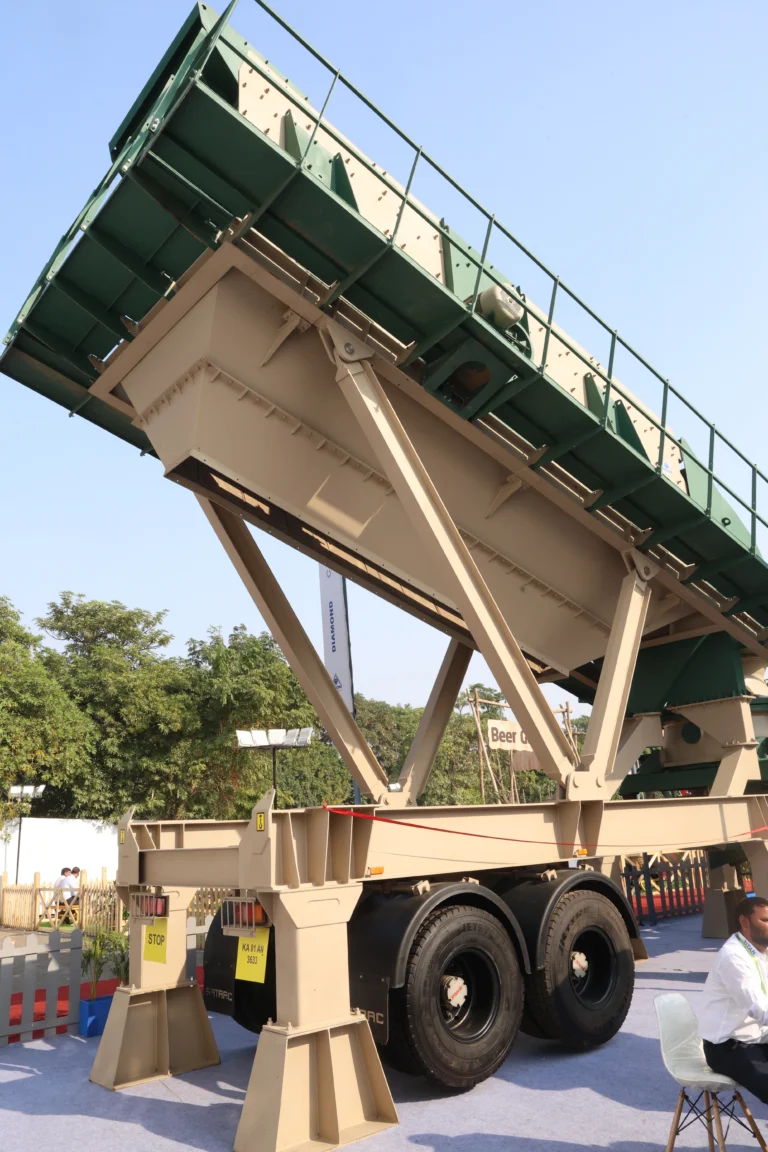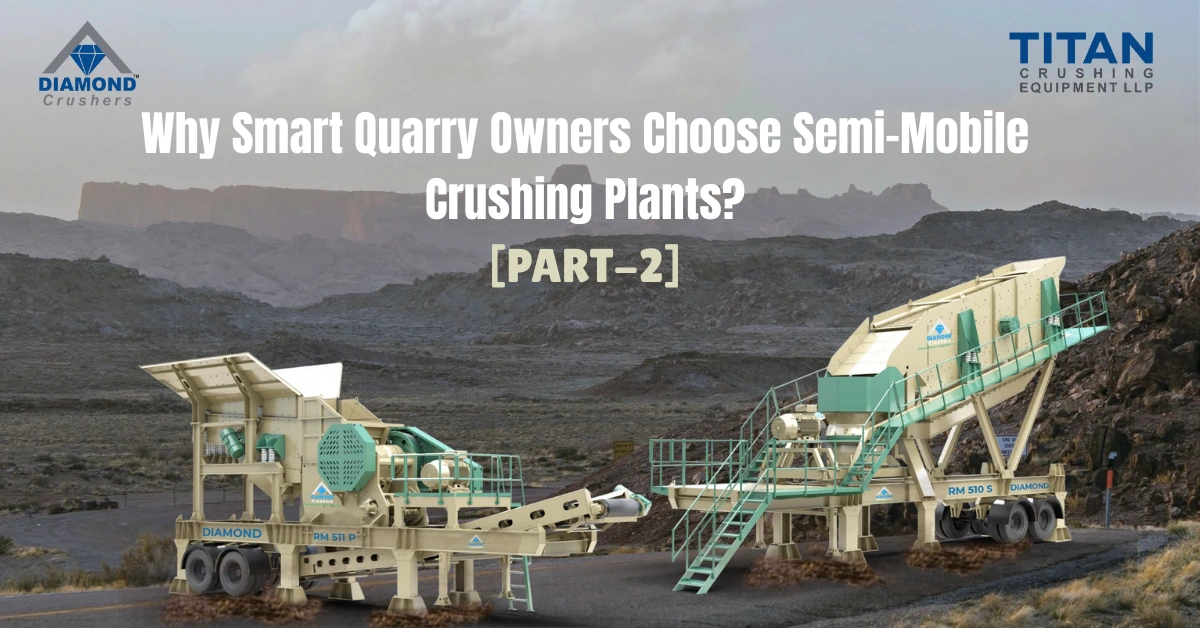Why Smart Quarry Owners Choose Semi-Mobile Crushing Plants? (Part 2)
Introduction
As mentioned in Part 1, traditional stationary plants come with high costs and long delays. Semi-mobile crushers solve that problem by offering faster setup and more flexibility.
Now, look deeper into how these plants are set up, maintained, and optimized for long-term use—so you can get the most out of your investment and keep operations running smoothly.
From Setup to Smooth Operation
Deploying Semi-mobile crushing plants are built for fast setup and can be installed with little groundwork, making them a flexible and convenient choice for many sites.
All that’s needed is a solid surface—such as compacted soil, crushed rock, or concrete pads—to support the plant’s weight and vibration during operation.
The site should allow smooth vehicle movement, have 15-foot-wide paths for maintenance access, proper drainage, and clearly marked areas for power and control systems.

Installation of semi-mobile crushers usually takes less than a week, thanks to the plant’s modular design and minimal need for cranes or heavy civil work.
Natural height differences between units can improve material flow and save energy. Once positioned, the system goes through trial runs, safety checks, and operator training. As your project grows, extra modules can be added easily without starting from scratch
Common Issues and Solutions of Semi Mobile Crushers:

To keep a semi-mobile crusher running smoothly, it is important to identify and fix common issues early. Problems like blockages, uneven machine levelling, overloading, and incorrect settings can lead to breakdowns. Regular inspections, proper operator training, and correct machine setup help avoid mechanical failures and ensure better performance of wheel-crushing plants. Using anti-clogging systems, wear-resistant materials, and checking parts often reduces the risk of damage. You’ll also need to manage dust, vibration, and power-related issues, as they directly impact the plant’s performance and safety.
Installing dust suppression systems, using energy-efficient drives, and planning for backup power can help you avoid unplanned downtime while using a crushing machine. Simple actions like regular cleaning, proper lubrication, and timely replacement of worn-out parts go a long way in preventing major repair costs and improving overall crusher plant performances.
Repair or Replace? Making the Right Call for Your Crusher:
Deciding whether to repair or replace your crushing machine depends on a balance between cost and performance. If you are only dealing with minor wear-and-tear issues like belts or liners, routine repairs are usually sufficient. However, if you are facing frequent breakdowns, rising maintenance expenses, or working with outdated technology, it may be time to consider a replacement to improve efficiency and reliability.
Other key factors of a semi-mobile crusher include the remaining lifespan of critical parts, the loss of production during downtime, the availability of spare components, and how these affect the crusher’s overall performance. Semi-mobile crushing plants offer better energy efficiency, lower operating costs, and greater flexibility—making them a smart, long-term investment for growing operations.
Good As Ever
Semi-mobile crushers save time, reduce costs, and need less setup. With the proper care and planning, they work safely, follow the rules, and help your business grow. They’re a smart and flexible solution for today and tomorrow.
FAQs:
Absolutely, semi-mobile crushers can be fully customized to match specific site conditions, material types, and production needs.
Yes, semi-mobile crushing plants which need minimal site preparation and installation time.
When it breaks down too often or repairs cost more than a new machine.

